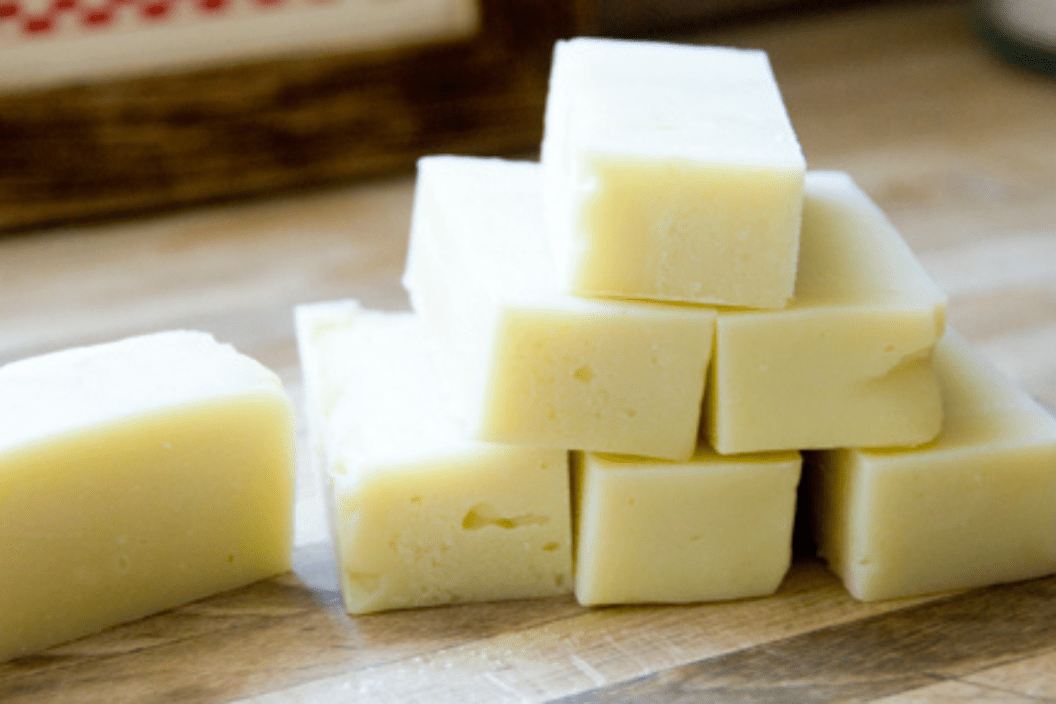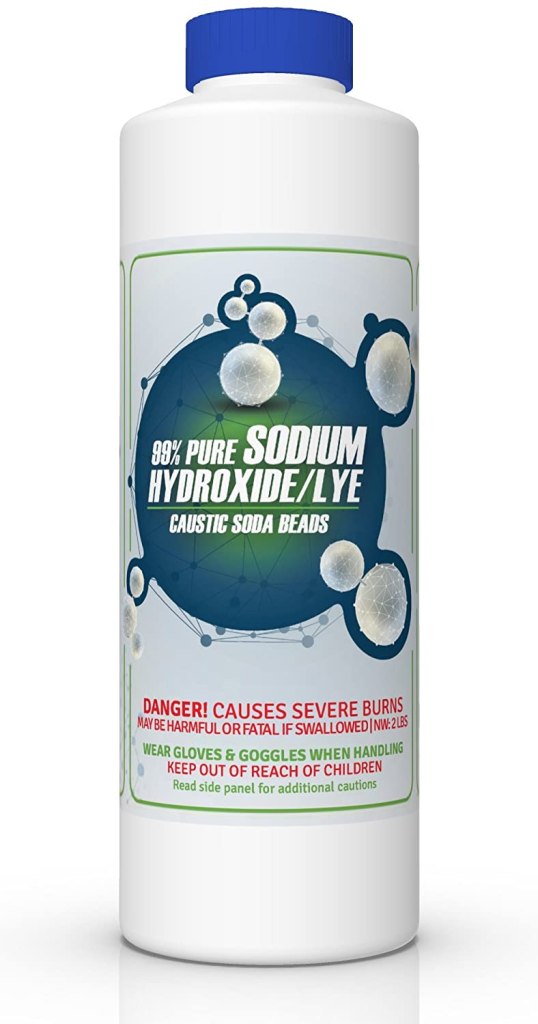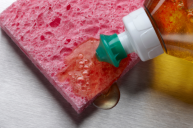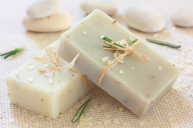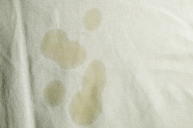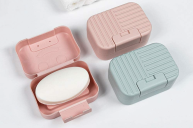It's not as difficult as you may think. As people turn to homesteading and making all sorts of products at home rather than buying them from the grocery store or an online retailer like Amazon, there's also been more interest in things like homemade soap and other cleaners.
Maybe you generally know how to make soap, but don't necessarily know how to create a lye solution to make it. It's actually not as complicated as you might think, and natural soap making is within reach for most people.
What is Lye?
First of all, what even is lye, and why is it needed for a DIY soap recipe? According to Hobby Farms, you can't really make soap without a type of lye because "soap is what you end up with when fats and oils are combined with a caustic solution (lye)."
Lye is a metal hydroxide, according to Wikipedia, and most commonly refers to sodium hydroxide (NaOH). However, historically, it has been used for potassium hydroxide (KOH). The sodium hydroxide type is normally used for making bar soap.
Lye isn't used just for making your own soap or even just in commercial soaps. It's also used "for performing chemistry demonstrations, making biodiesel, curing food, unclogging drains, disinfecting floors and toilets, and synthesizing drugs," Thought Company noted.
How to Make Lye
https://www.instagram.com/p/CIRENpLHs23/
If you were expecting a complicated tutorial to make lye, you've come to the wrong place. Homemade lye really requires just two simple ingredients: ashes and water.
Thought Company recommended ash that comes from hardwood trees or from kelp to make the best lye. Softwoods like pine or fir, on the other hand, are best for making lye used in liquid soap or soft soap.
All you have to do to get the wood ash needed for your lye is to burn the wood and collect the remains once it's done burning. Then, one way to proceed is by boiling the ashes in soft water such as rainwater for around half an hour, according to Mother Earth News. After the ashes settle at the bottom of the pan you're using, you skim the lye off the top.
However, Thought Company instead recommended soaking the ashes in water, then draining the lye water and heating it to remove excess water. Instead of a pan, they recommend using a wooden barrel with a cork near the bottom or a cast iron or stainless steel pot.
Their process is more complicated and involves putting stones at the bottom of the barrel, covering them with straw or grass, adding the ashes and water to the barrel, then letting the mixture react for three to seven days. After that, you simply collect lye water by removing the cork at the bottom of the barrel.
Please keep in mind: the whole process of making lye gives off noxious vapors and you should do it outdoors or in a well-ventilated area. You should also wear gloves, particularly rubber gloves, and eye protection, avoid inhaling the vapors and avoid skin contact with the solution.
Professional soap makers will have the best tips for making lye to make your own soap, so if you want advice or to be absolutely sure you're doing it safely, it doesn't hurt to turn to one for a little bit of help.
You can always buy your own lye as well.
